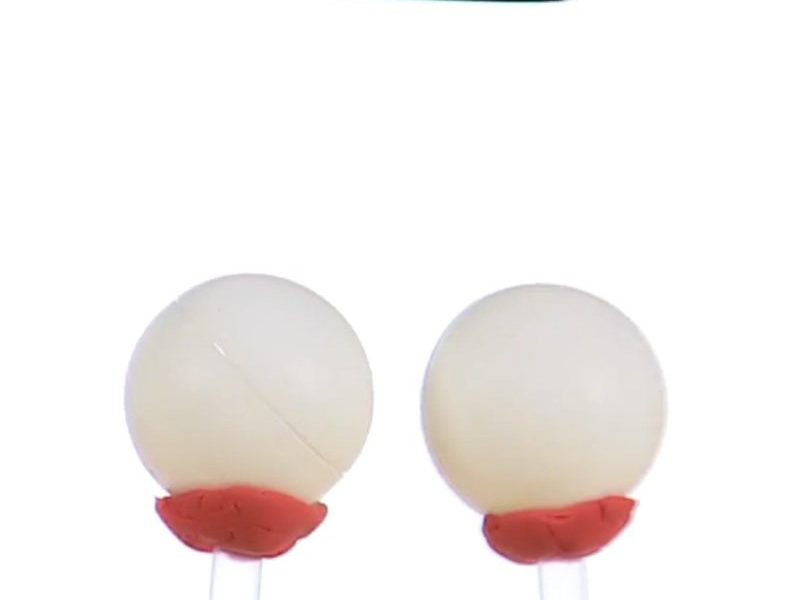Windbag Wonders - Explore Bernoulli's Principle
How many breaths of air will it take you to fill a plastic bag that’s 8’ (2 m) long and 10” (25 cm) in diameter? […]

We have all experienced wind and, like it or hate it, it affects us. Moving air can jostle your hair about, fly a kit, or, in extreme cases, tear entire buildings from their foundation. Did you know that this moving air actually creates low pressure, though? It’s true. On an exceptionally windy day, you can even see tall buildings bowing towards each other near their tops! We’re going to recreate this phenomenon using simple ping pong balls.
As you positioned the stream of air to blow between the balls, you witness them draw together. This is a fantastic demonstration of Bernoulli’s Principle. Bernoulli observed that fast moving air creates an area of low pressure. The low pressure between the ping pong balls allows the higher pressure outside the balls to push them towards each other. The same effect can be observed in water currents.